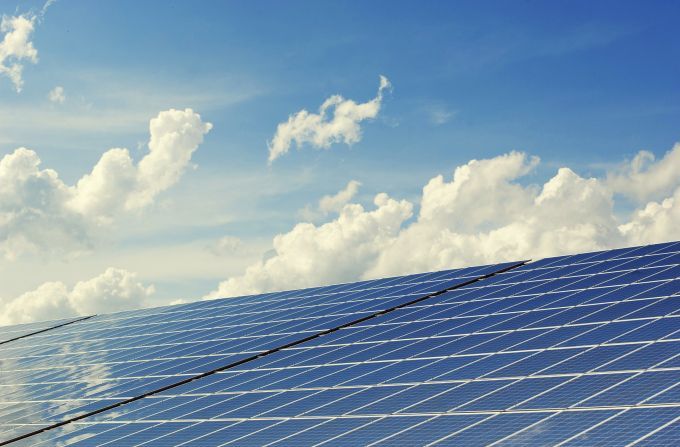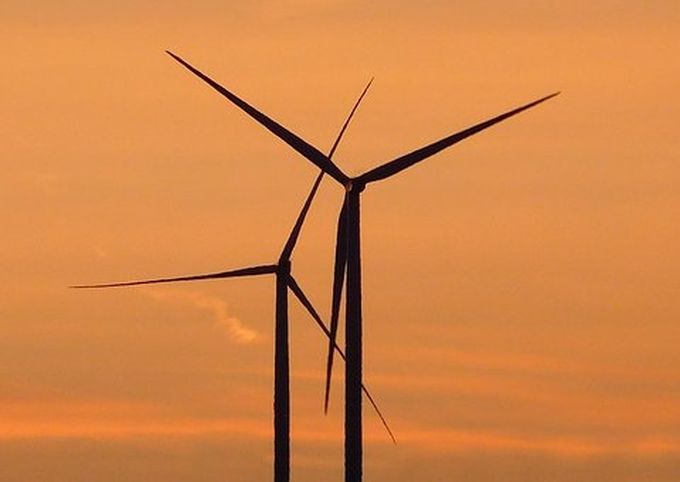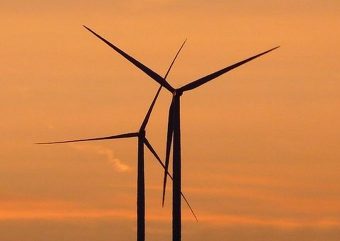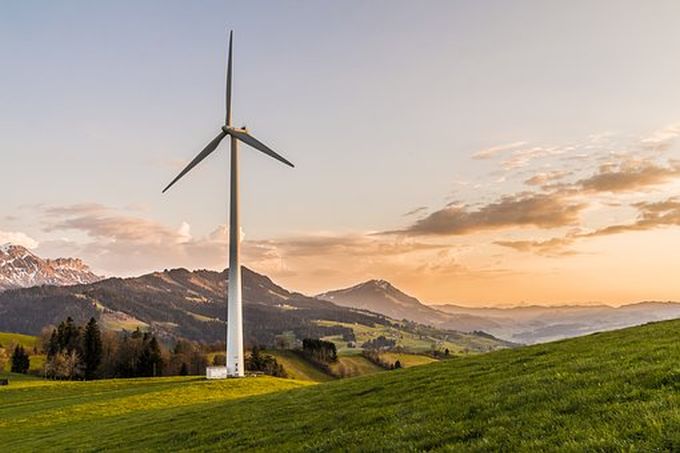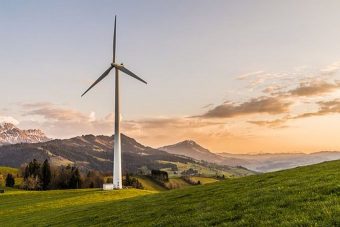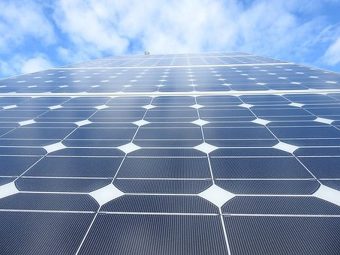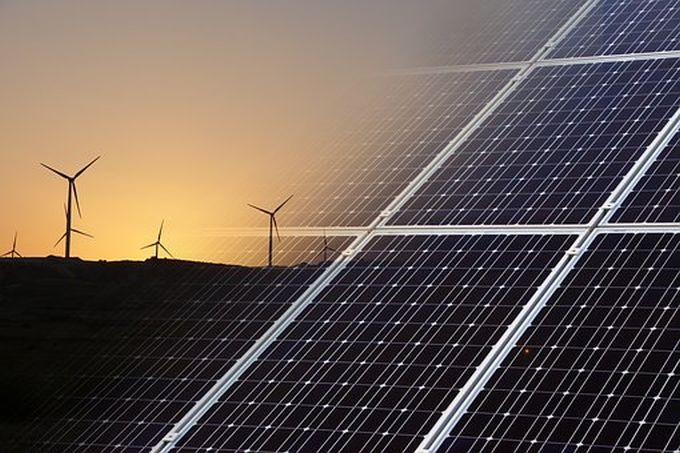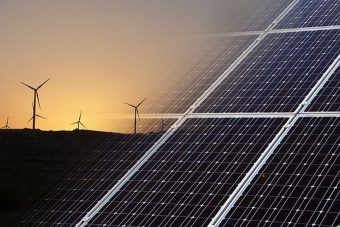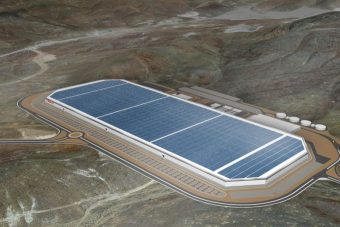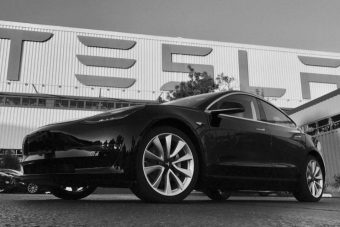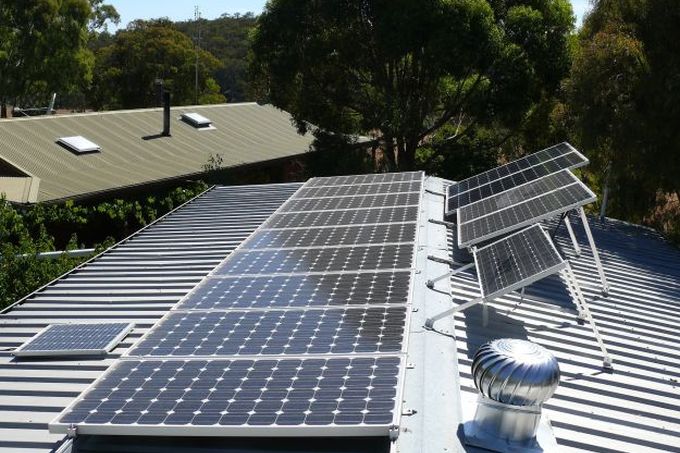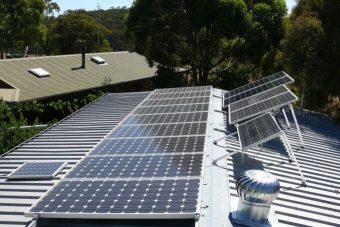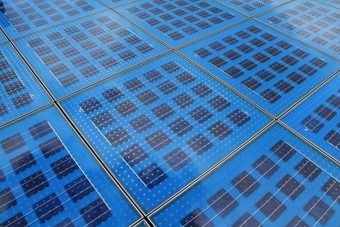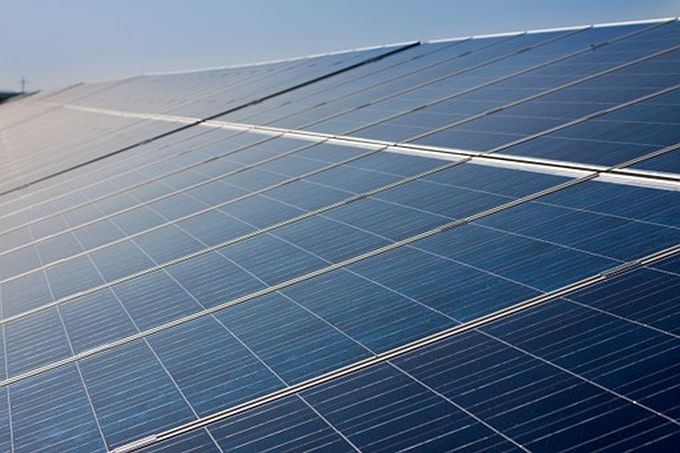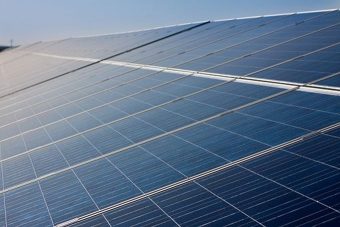
A partnership between the Colorado Energy Office, GRID Alternatives, and the Poudre Valley Rural Electric Association will work to develop the United States’ largest low-income community solar project aimed at lowering the electricity bills of qualifying low-income residents, affordable housing providers, and nonprofit organizations.
Announced last week, the 1.95 MW (megawatt) Coyote Ridge Community Solar Farm will serve as a large demonstration of the role that solar energy can take in reducing electricity bills for low-income earners — deemed as those who must spend 4% or more of their income on utility bills. Coyote Ridge — a project being developed under a partnership of the Colorado Energy Office (CEO), GRID Alternatives (GRID), and Poudre Valley Rural Electric Association (PVREA) — will also seek to demonstrate “complex financial modelling, a mix of low-income and community benefit subscribers, and unique location siting.”
“PVREA’s Coyote Ridge Community Solar Farm is a thoughtful demonstration of tailoring the low-income community solar model to broaden access and subscriber benefits,” explained Kathleen Staks, Executive Director of the Colorado Energy Office. “This project further conveys scalability to meet local community needs, an objective of our statewide initiative. CEO supports the expansion of a co-op’s ability to bring more projects like these online.”
Coyote Ridge is the seventh project to benefit from a $1.2 million grant made by the Colorado Energy Office to GRID Alternatives back in August of 2015 for the express purpose of partnering with utilities to implement low-income community solar projects. Set to be developed south of Larimer County Landfill near Fort Collins, in northern Colorado, Coyote Ridge is part of a larger statewide initiative designed to demonstrate how solar energy can reduce the energy costs for utilities’ highest-need customers.
“The benefits of this project ripple throughout the community,“ said Chuck Watkins, Executive Director of GRID Alternatives Colorado. “Not only are we increasing access to renewables and lowering energy costs for high-burden individuals and community institutions, the project is also providing over a thousand hours of job training in solar installation, preparing people for long-term careers in the field.”
”Poudre Valley Rural Electric Association is pleased to partner with GRID Alternatives and the Colorado Energy Office on a solar project to benefit cooperative members who have desired to participate in solar energy but have been unable,” added PVREA President and CEO Jeff Wadsworth. “The Coyote Ridge Community Solar Farm exhibits the cooperative nature of our local electric co-op — it brings all of our members together by providing an opportunity to participate in the construction and energy output of the solar farm.”
Coming up today, August 15, PVREA and GRID Alternatives are hosting a Coyote Ridge Community Solar Farm Celebration Event at the Larimer County Landfill (which I assume will be more appealing than it sounds). Additionally, the community solar project is welcome to pretty much anyone volunteering to participate in the construction of the Coyote Ridge solar project.
Source: cleantechnica.com


